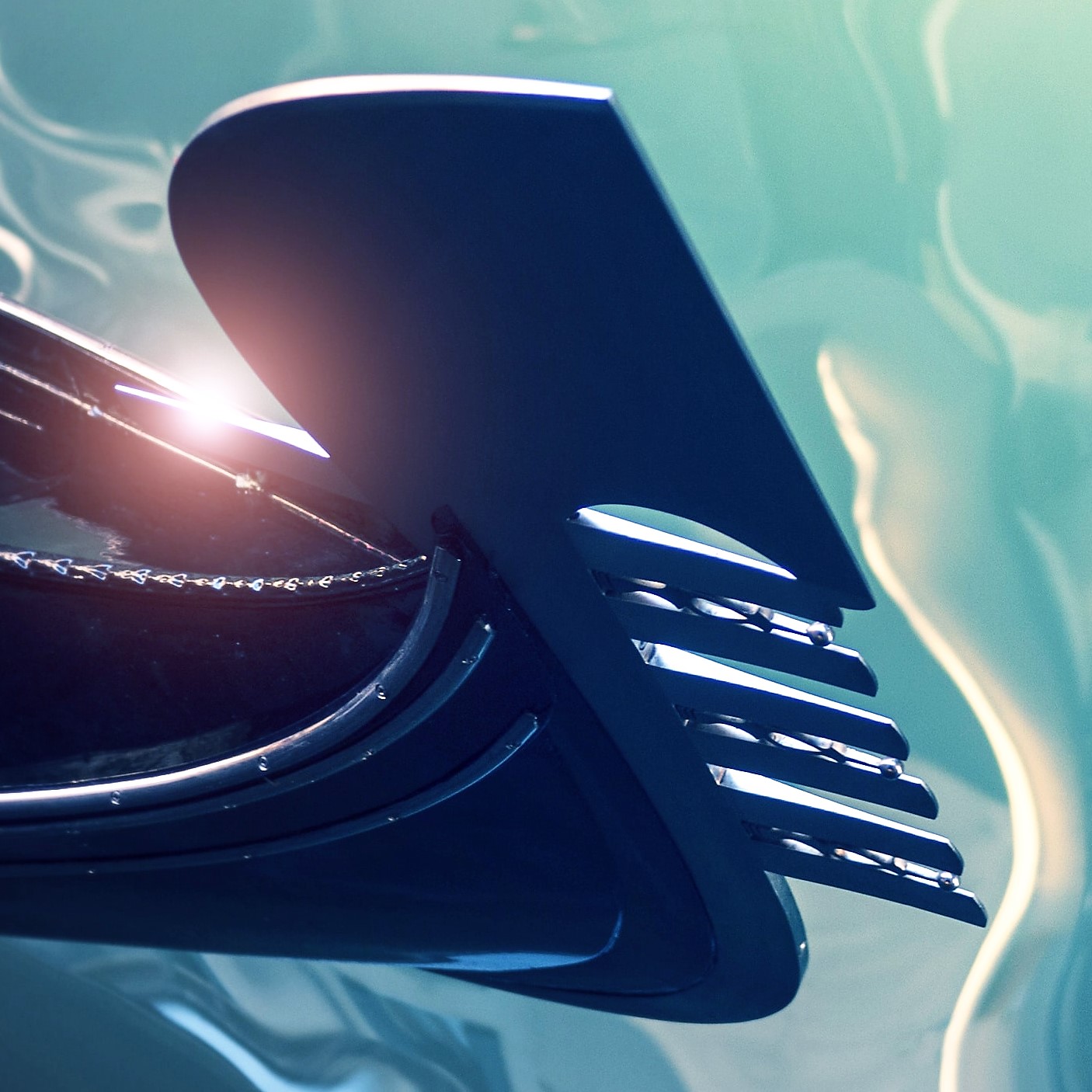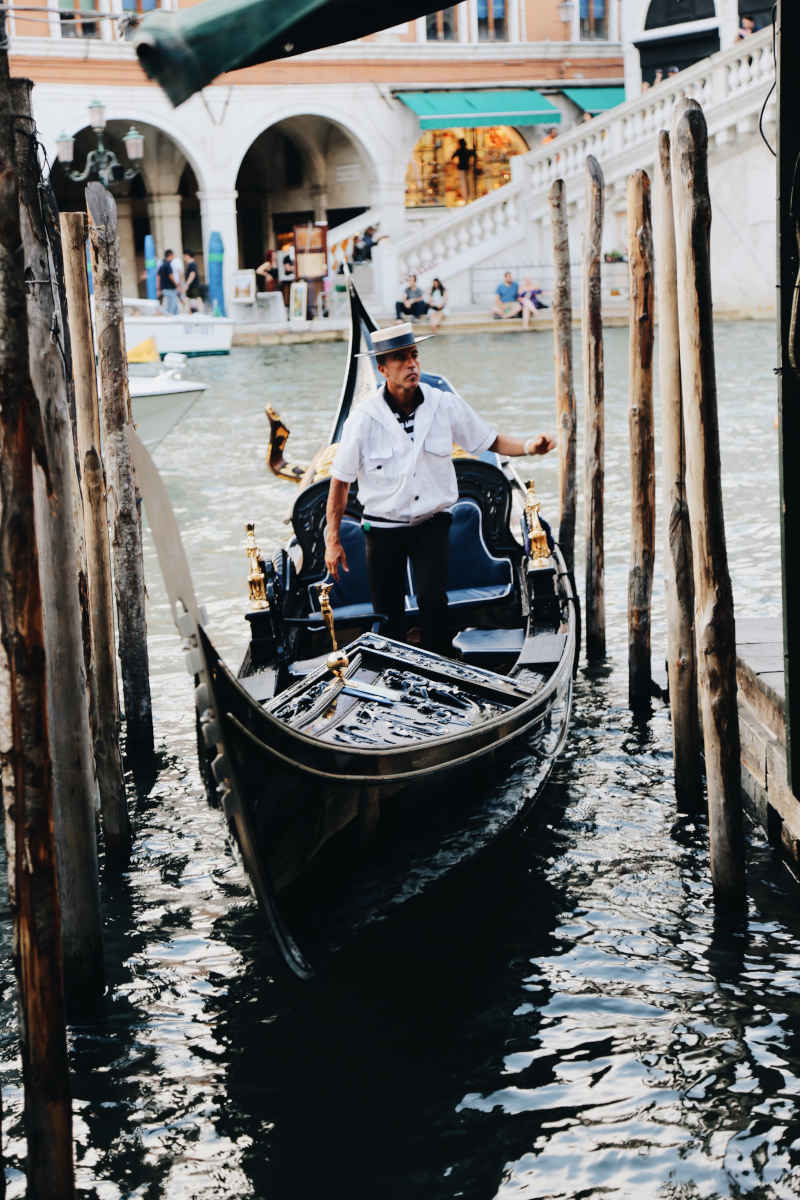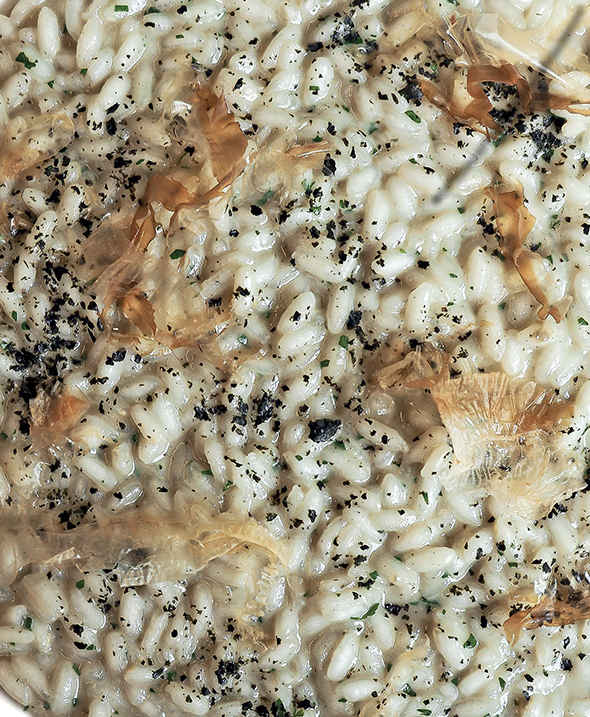Sestieri
Cannaregio
San Marco

Castello
“Castello, one of the historical sestieri (districts) of Venice, is situated in the eastern part of the island. It is the largest and most populated sestiere in the city, yet it remains the least visited by tourists. This makes it an ideal destination for those seeking a more authentic and less tourist-centric experience of Venice.
The district is notable for its numerous churches and historical monuments, such as the Church of San Zaccaria, the Church of San Francesco della Vigna, and the Venice Arsenal, an industrial complex significant in European history.
Castello is also renowned for its scenic waterfront, the Riva degli Schiavoni, lined with numerous restaurants, bars, and cafés offering views of the lagoon and San Giorgio Maggiore. Additionally, the district is traversed by the Giudecca Canal, home to some of Venice’s most stunning churches, including the Redentore Church.
For those eager to immerse themselves in the everyday life of Venice, away from the bustling tourist areas of the historic center, Castello is ideal. It offers picturesque corners, traditional artisan workshops, and an authentic Venetian atmosphere, still largely undiscovered by the typical tourist.”
Dorsoduro
Dorsoduro is one of the historic sestieri (districts) of the city of Venice, located in the southern part of the island. The district is named for its geographical position, as it sits on the “golden ridge,” the strip of land that separates the Venetian Lagoon from the Adriatic Sea.
Dorsoduro is characterized by numerous churches, historic palaces, and museums, including the famous Gallerie dell’Accademia museum, which houses one of the most important collections of Italian art, featuring works by Titian, Canaletto, Bellini, and many other artists.
The district is also renowned for the presence of the University of Venice, founded in the 13th century, and Ca’ Foscari, one of Italy’s most prestigious universities, specializing in humanities, economics, and scientific studies.
Dorsoduro is a lively and multicultural neighborhood, with numerous restaurants, bars, and cafes, many of which are also frequented by university students. Here, you can also find some of Venice’s most spectacular views, such as the Basilica of Santa Maria della Salute, which dominates the entrance to the Grand Canal, and the Accademia Bridge, which connects Dorsoduro to the San Marco district.
Dorsoduro is an ideal district for those who wish to discover the true soul of Venice, away from the tourist crowds of the historic center, but with a great variety of cultural and gastronomic attractions.
San Polo
San Polo is one of the historic sestieri (districts) of the city of Venice, located in the central part of the island. It is the smallest of the six sestieri and is named after the church of the same name, built in the 9th century.
San Polo is a very ancient and historically rich neighborhood, with numerous historic palaces, churches, and characteristic bridges, such as the famous Rialto Bridge, one of the most representative symbols of Venice.
The district is also famous for the Rialto market, one of the oldest and most characteristic open-air markets in Europe, where you can find fresh products such as fruit, vegetables, fish, and meat.
San Polo is a very lively neighborhood frequented by Venetians, with numerous restaurants, bars, and traditional shops. Here you can also find some of Venice’s most important tourist attractions, such as the Church of San Giacomo di Rialto, the oldest in the city, and the Palazzo dei Camerlenghi, one of the historic seats of the Venetian government.
San Polo is an ideal neighborhood for those who want to discover the essence of Venice, with its narrow alleys, quiet canals, and the authentic atmosphere of a still little-known Venetian quarter.
Giudecca is an island located in the southern part of the city of Venice, separated from the historic center by the Venetian Lagoon. The island has a long history and was once an important industrial area, with numerous shipyards and factories.
Today, Giudecca has become a highly appreciated tourist destination, thanks to its authentic atmosphere and the presence of numerous museums, churches, and historic palaces. The island is accessible by public transport, such as the vaporetto, and offers a spectacular view of the city of Venice.
One of the most important sites in Giudecca is the Church of the Redentore, an imposing Baroque church built in the 17th century to thank the Madonna for the end of the plague that had struck Venice. The church is located on the tip of the island and offers a spectacular view of the city.
Giudecca is also famous for its cultural scene, with numerous museums and art galleries.
The island also offers numerous opportunities to enjoy nature and the landscape, with a long walk along the waterfront and a wide variety of traditional restaurants and bars where you can taste Venetian cuisine.



